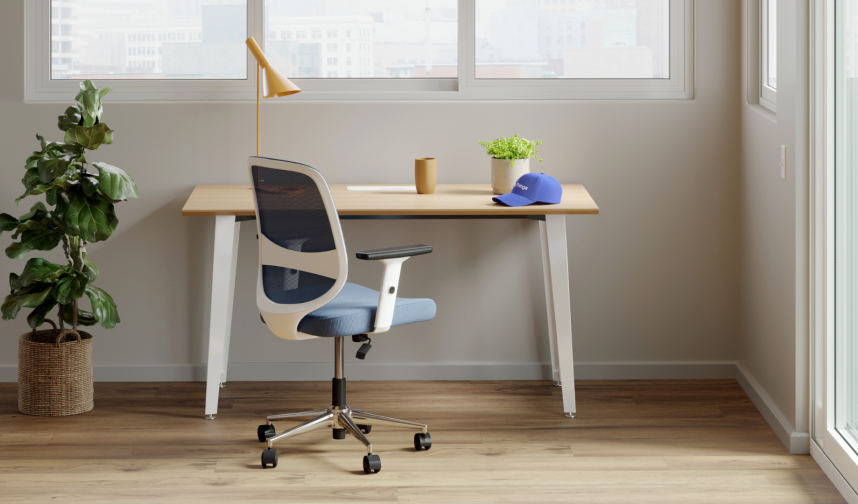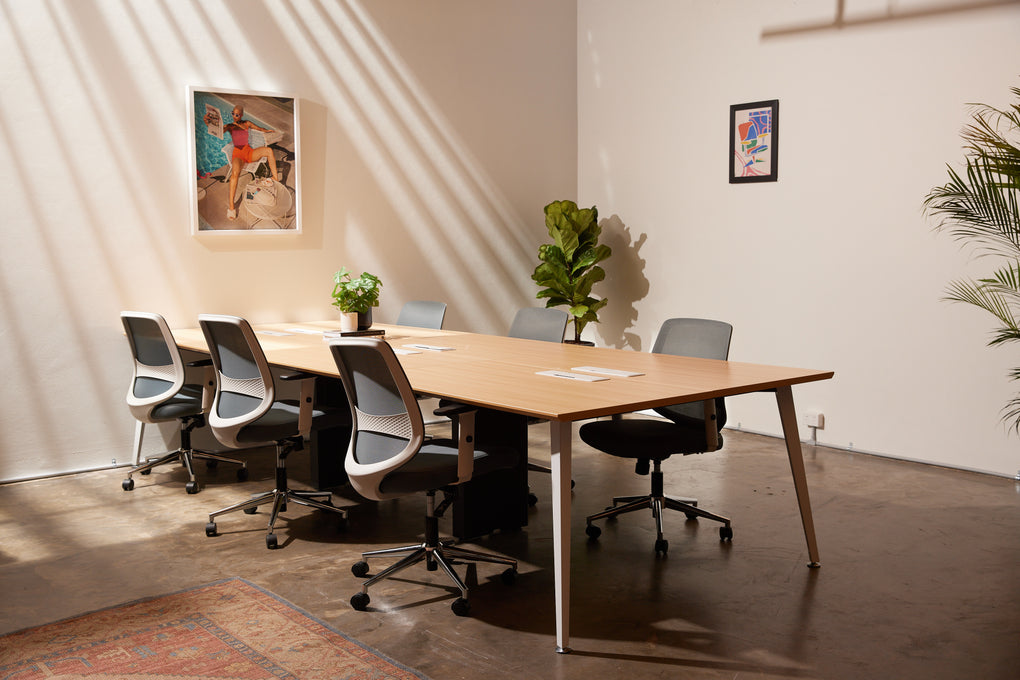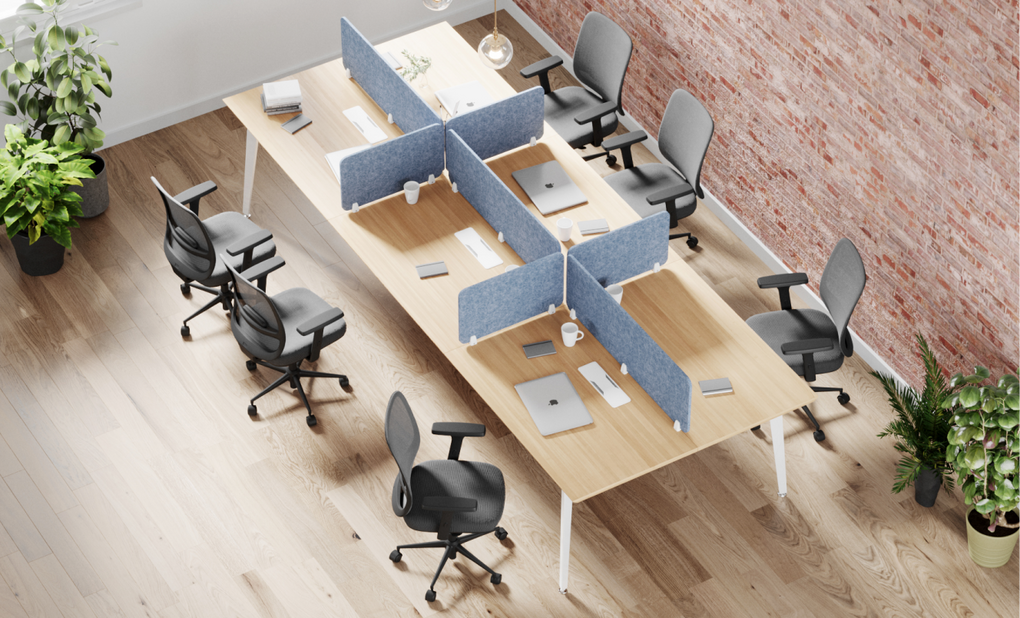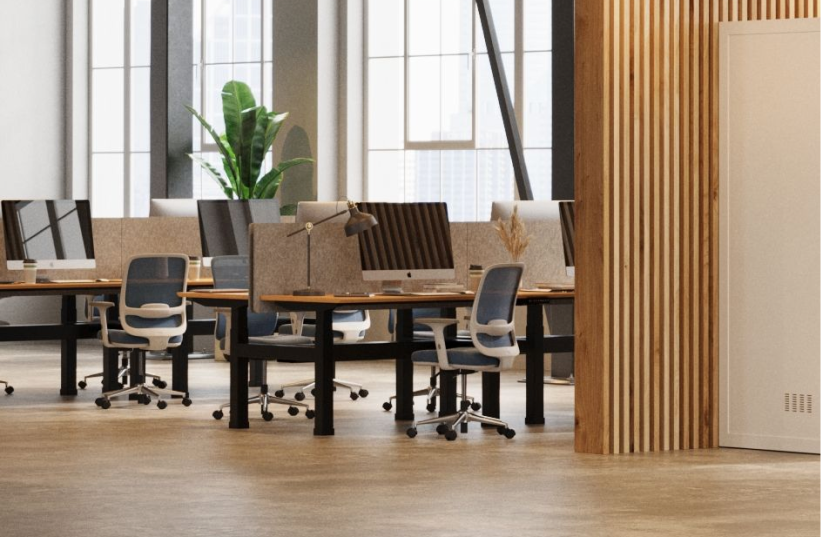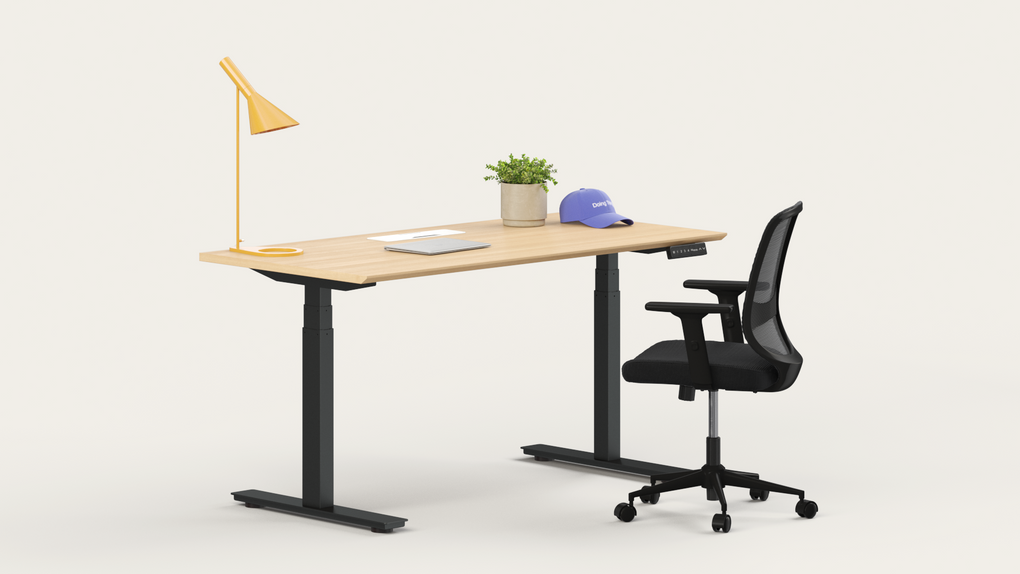How to Build an Agile Work Environment for Your Hybrid Team

Are you looking to skyrocket productivity amongst your team? Of course, you are.
It’s fair to say that happy employees are productive employees, and you want to make sure that your staff enjoy coming to work and are motivated to do their best work. With hybrid and remote work continuing to shake up the working landscape, businesses have to create a flexible work environment that supports their employee's creativity and wellbeing.
In this guide, we’ll be looking at how you can create an office that fosters creativity, productivity and collaboration through an agile and flexible workspace.
What is an agile work environment?
Agility in the workplace means embracing flexibility, resilience, and freedom to ensure you can respond to challenging and changing circumstances.
If there’s anything we’ve learned about changing circumstances from the past few years, having flexible working conditions is key to maintaining business continuity and success.
But agile work isn’t just about our attitudes to our to-do list. In fact, agile office design is rising in popularity, especially among forward-thinking teams. Its central goal is to encourage employees to move freely around office space and find the right kind of workspace for whatever task they need to tackle.
It’s the antidote to stale cubicles or assigned seating. Instead, agile office space is designed with a range of collaborative spaces, breakout zones, as well as quiet spots for deep work, too.
For many teams, coming into a physical office space happens only a few times a week. When your people do come together, you want to make sure they’re getting the best experience possible, and that starts with your workspace layout and the office gear you fill it with.
What are the benefits of an agile work environment?
As you’d expect, there is a stack of benefits to building an agile workspace, including:
- It gives individuals more freedom to boost their mood and productivity.
- It creates a collaborative culture that allows your team to deliver better ideas.
- It ensures your team feel empowered, valued and trusted.
- It attracts and retains the best talent who are able to call the shots over where they work.
- It breaks down silos within businesses and leads to more connected teams.
How can you create an agile work environment?
A few different factors come into play when designing or updating an office space to become more “agile”. At its core, your office design needs to support a dynamic workforce rather than rows of staff who are chained to their desks and working silently.
Think collaboration spaces, focus booths, a relaxation room, meeting nooks and more. In 2022, offices that stick to rigid assigned seating, bland cubicles and sterile meeting rooms will fall behind the pack.
The whole point of creating an agile space is to give employees the freedom and space to work where they feel comfortable. By creating an agile working culture, you can break barriers between different teams, boost productivity and help you reduce both operational and real estate costs.
Many leading co-working spaces across Australia have already embraced agile office design. In the era of hybrid work, they’re an attractive option for smaller teams that only need a desk or meeting room a few days a week. That means team members can decide where they work from, depending on their to-do list (whether that means a day in a meeting room or a few hours of deep work in a private booth).
5 ways to implement agility into your workspace design
If you’re looking to revamp your office space or build a workspace from scratch, here are five practical ways you can harness the power of agile workspace design.
-
Put the people at the centre of your decision-making. Remember: agile work environments are about team culture and collaboration, so consider your team members' needs when designing work zones.
-
Make space for brainstorming sessions. When designing spaces for collaboration, small tables and uncomfortable chairs aren’t going to cut it. Instead, look for spacious conference tables and ergo chairs that will keep your team comfortable and in the zone for longer sessions.
-
Encourage movement throughout the team’s day. You can add stand up desks throughout your office space to give your employers the flexibility to stretch their legs.
-
Give your team a solo spot to hide and speak or get into a deep work zone. Adding The Nook to your agile office gives your team a soundproof spot to take Zoom calls or get away from the noise and distraction of an open office. Plus, you could add other relaxed social spaces where employees can enjoy spending time getting to know each other.
- Educate your team and communicate your transition to a flexible work environment. Bring your people on the journey by sharing floor plans along the way and ask for feedback to make sure you’re building a workspace your team will want to visit, too.
Ready to build your agile workspace?
A well-designed agile workspace means improving the use of space, making real estate more cost-effective, and helping your business to reduce your company's carbon footprint through sustainable office furniture.
Are you ready to build a beautiful hybrid office space that encourages collaboration and employee engagement? Recess takes the hard work out of furnishing your agile work environment, so you can focus on retaining talent and improving innovation.
Discover our office furniture and score our Active Bundle (packed with everything your team needs to stay focused all day long).



